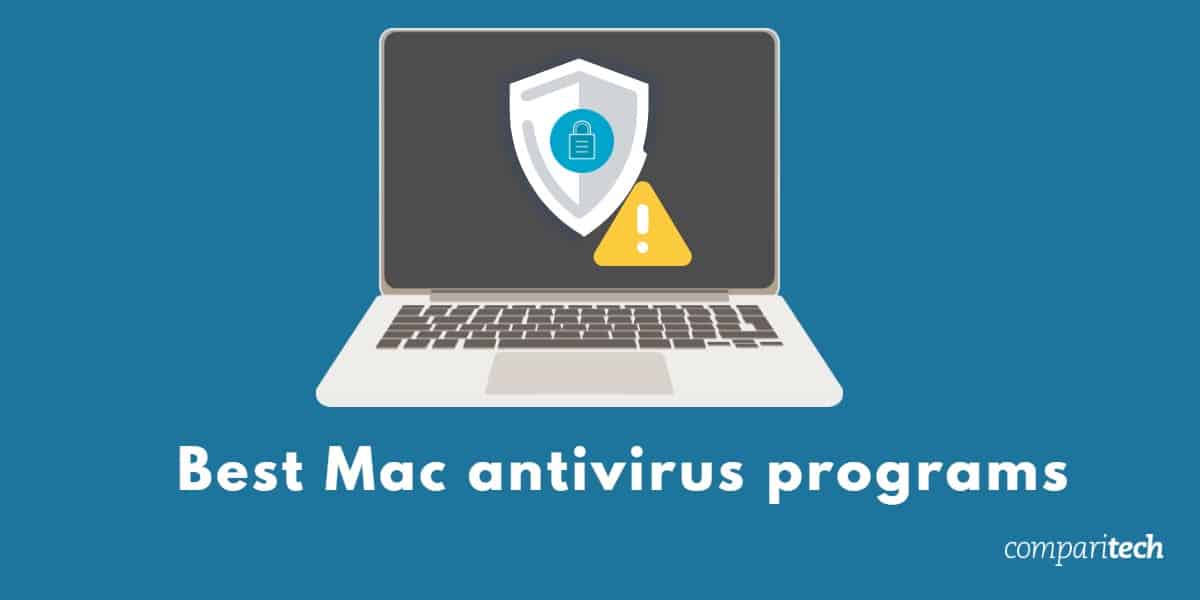

In order to measure the burden posed by system watchdogs, the laboratory measured the time it took to copy over 7 GB of data on the reference system: 17.2 seconds. The biggest problem with antivirus applications on the Mac is that they are a drag on the system. The weakest product from Webroot thus only caught every fifth intruder. Also in the on-access test, the four products only achieved 21.4 to 50 percent. In the on-demand test, detection was only between 19.7 and 54.7 percent. The last four products from Symantec, Trend Micro, McAfee and Webroot exhibited very poor results. In the on-access test, the scores were only between 70.2 and 100 percent. This is followed by a wide midfield with 10 products that achieved between 82.1 and 100 percent in the on-demand test. Only the packages from Bitdefender, G Data and Norman were able to complete both parts each with 100 percent detection. In this case, the watchdog must respond and block access to the infected file. In doing so, an additional 84 infected files in the system were copied into another folder. In the second part, the on-access test, the quality of the background antivirus watchdog was inspected. This is the normal scanning routine of security tools for malware. In the first part of the test, 117 specimens of malware targeting the Mac were inspected in the so-called on-demand test. In addition, the features of the protection packages were listed. 18 Security suites for Mac put to the testįor the maximum protection under OS X 10.9, the AV-TEST lab inspected 18 currently available Internet security suites in terms of their protection function, system load and false positives. An opinion that persists to this day, except probably among the some 700,000 Flashback victims. Up to that time, there was a consensus that an antivirus application for a Mac was merely ballast.

The Flashback attack of 2012 caught many users flat-footed, and over 700,000 Macs were infected in a flash. USB sticks, CDs or DVDs, however, are not inspected. Xprotect, for example, checks the mail and browser downloads. To be sure, since OS X 10.7 or 10.8 there are some good internal security systems such as Gatekeeper, Sandbox and Xprotect.
#Best anti spyware for mac 2014 mac os x
Malware authors have frequently found and exploited weaknesses, such as using obscure file formats or large file sizes that the sandbox can’t process, leaving Mac users at risk of infection.Everyone says: Mac OS X can protect itself While sandboxing adds another layer of security for Macs, not even the App Store nor sandboxed apps are 100% safe, as highlighted by the attack on the Chinese version of the App Store by the XCodeGhost Virus.
#Best anti spyware for mac 2014 code
XProtect defends Macs against various types of malware, by scanning downloaded files for signs of infection, but it needs to be regularly updated to recognize new or emerging threats - and it won’t help you if you unwittingly land on an infected or unsafe website.Ī digital certificate is always seen as proof of a file’s security and a surefire sign that the file contains no malicious code, but cybercriminals can still plant malicious code at the file completion stage, exploit security gaps to sign their malicious files with valid digital certificates, and more. The macOS, or Mac OS X system, has existed for 40 years in various forms - it’s robust, and because of its regular updates, malware developers find it hard to keep up with the changes and write viruses that will successfully infect the Mac operating system.Īpple's basic malware detection is built directly into its Mac OS X operating system.


 0 kommentar(er)
0 kommentar(er)
